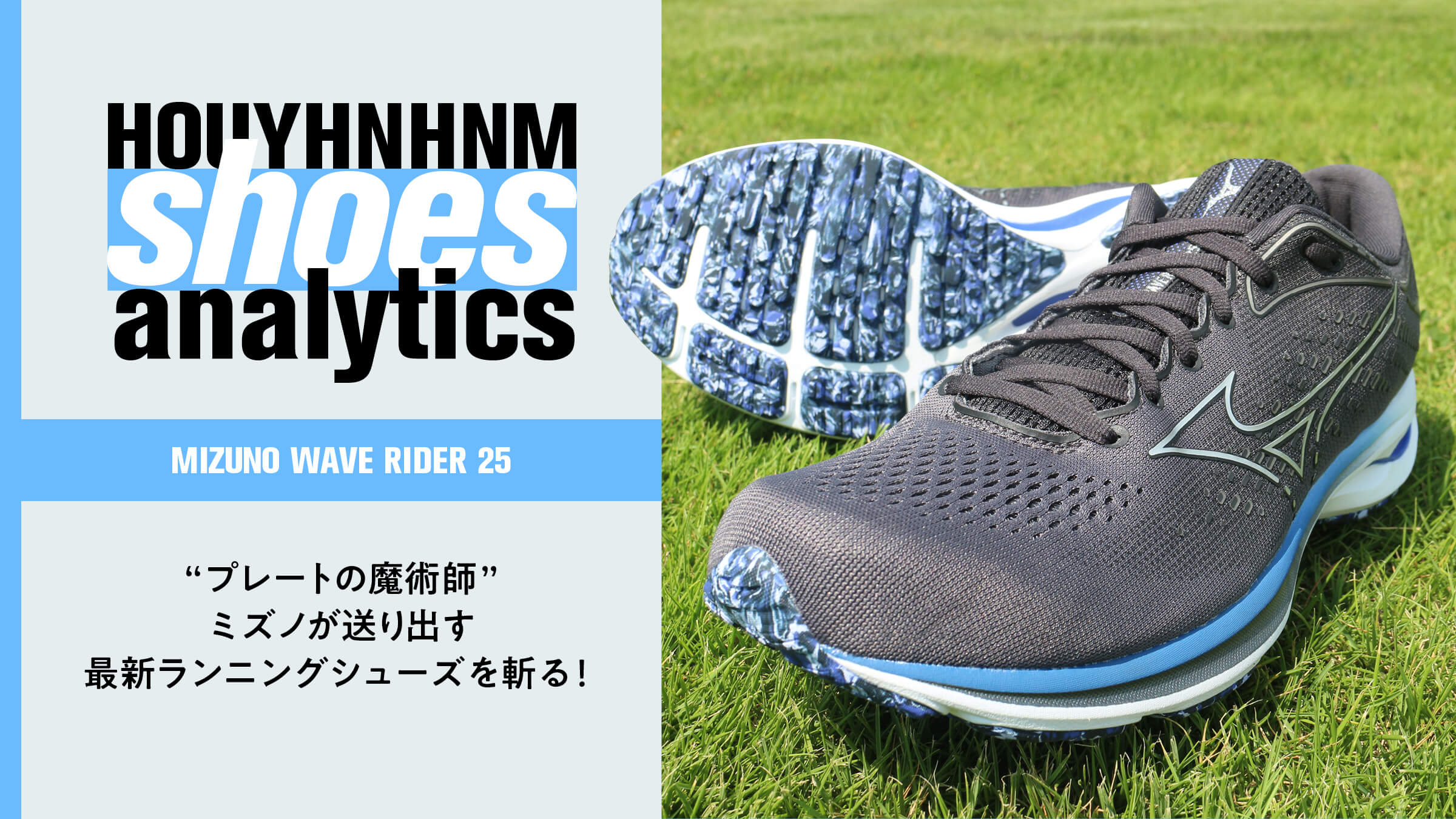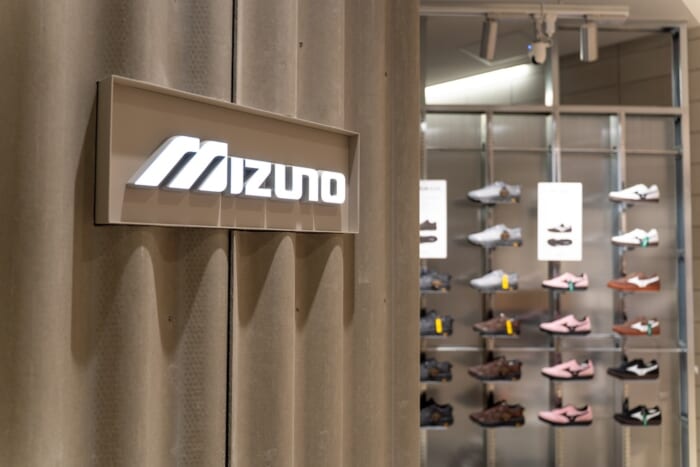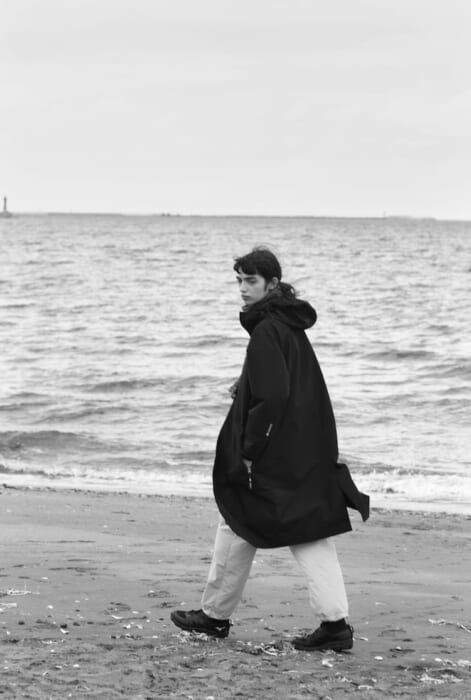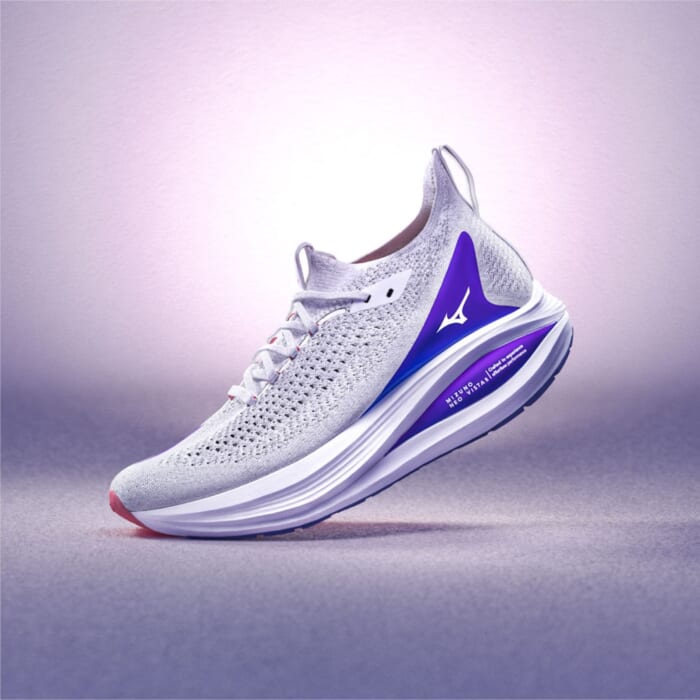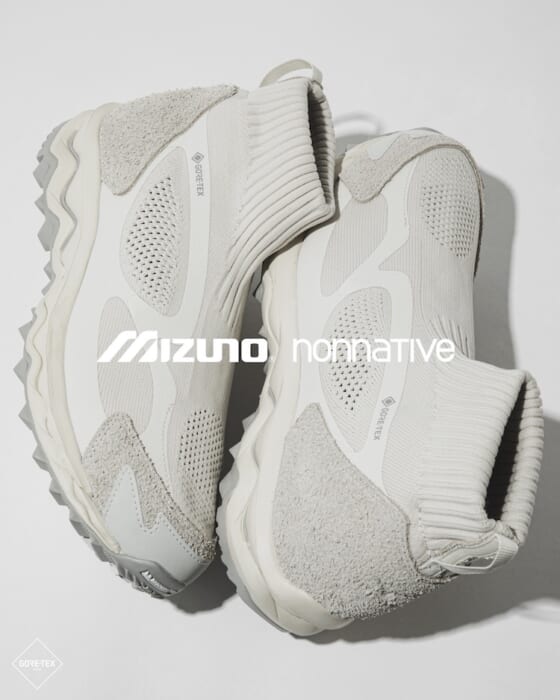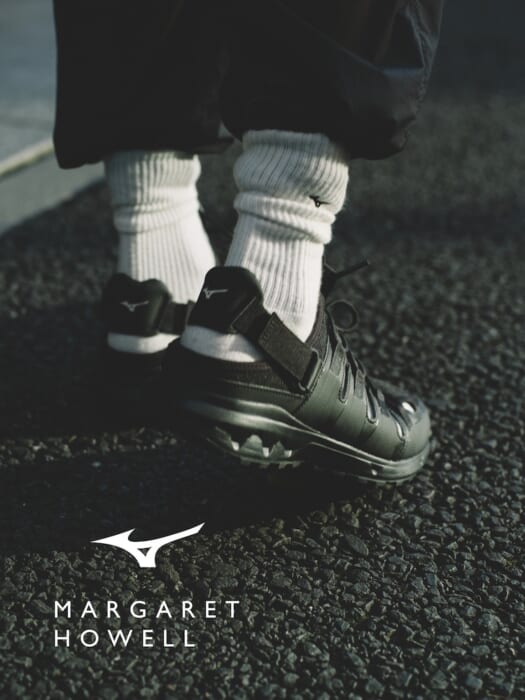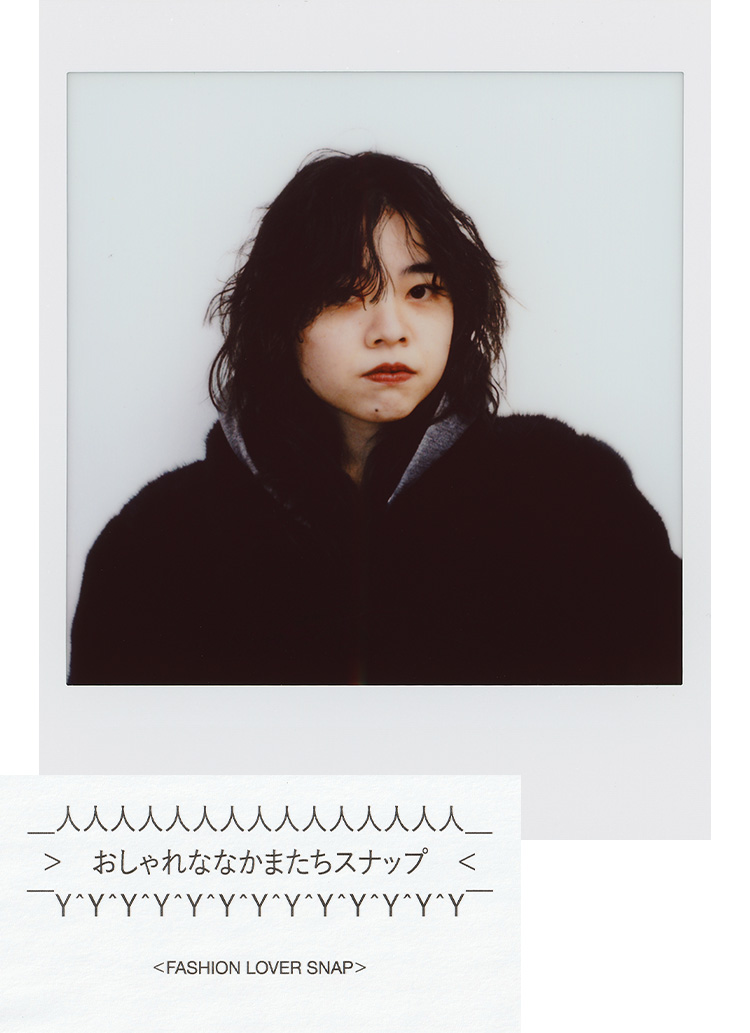When shoes master smoothness, running becomes natural.
The fit is generally soft. The toe box is wide and the upper mesh is supple, so you won't feel stress when moving your toes. The midfoot to heel is neither too wide nor too narrow, and it holds up reasonably well. The midfoot is more supple than the previous model, and there is no stress when flexing.
First, I ran the heel strike with emphasis on the heel strike. The cushion is soft while the upper heel counter is firm. However, it does not sink in too softly and stop moving, but smoothly transfers the load forward.
There is no stagnation in the load transfer from the ground to the heel, to the midfoot, and to the forefoot, but there is no forceful support either. The previous model had basically the same feeling, but I had the impression that there was a little stiffness at the edge of the shoe, so I found the "Wave Rider 25" to have a more refined finish.
Next, I ran from midfoot to forefoot. The midsole of the forefoot has been changed from the previous model, and the difference in performance showed. The previous version seemed stiffer and the Wave Rider 25 softer, but the Wave Rider 25 was softer but still felt firm and rebounding. The thickness of the sole remained the same, but the impression was as if it was thicker and more resilient.
If I had to describe my impression of running in the Wave Rider 25 in one word, it would be ultra-smooth. Beginners' running shoes are reinforced so well that in some cases they can harden the foot and stagnate movement, but the "Wave Rider 25" has absolutely no such concerns. So, runners who are a little more advanced will never be dissatisfied with its performance even if they use it for daily use, such as jogging and recovery.
Mizuno Wave" and "Mizuno Energy" are of course wonderful technologies, but what impresses me most is the arrangement that ultimately matches the human senses.

Wave Rider 25 ¥14,850 (Mass: approx. 275g Drop: 12mm Level: sub 5.0 - completed)


